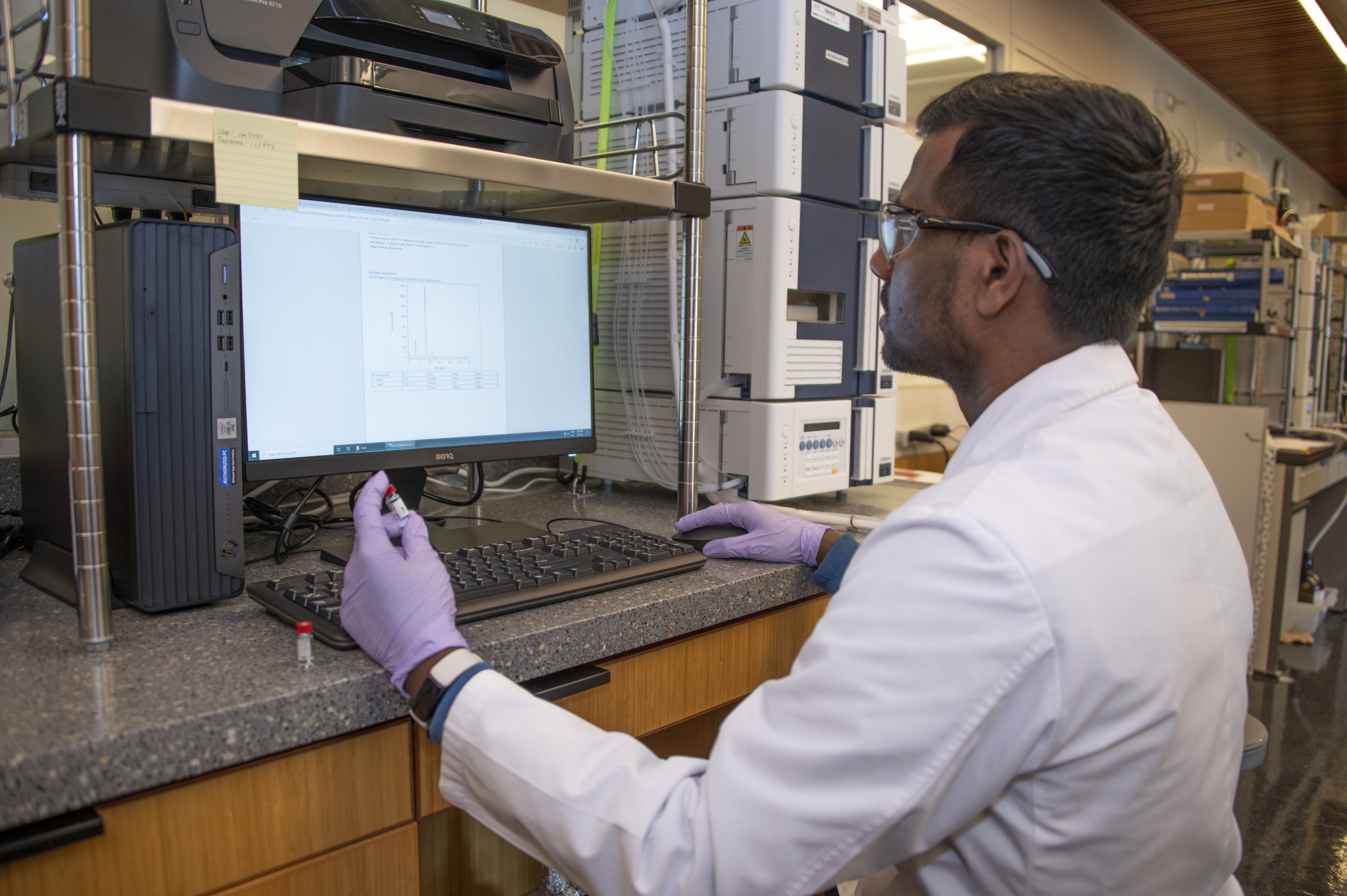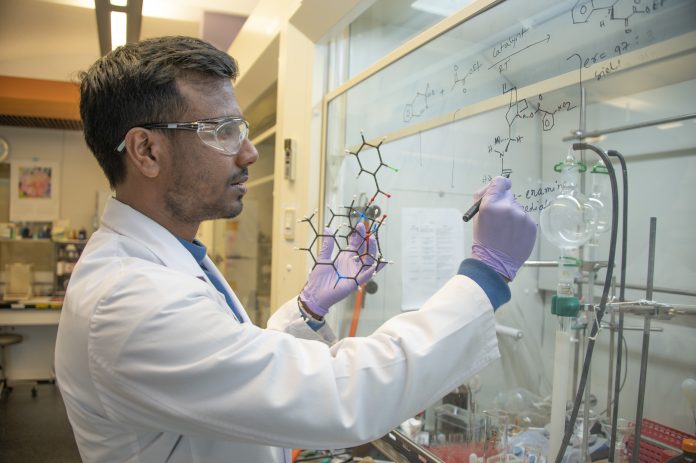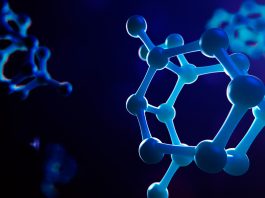A research team from the Okinawa Institute of Science and Technology Graduate University (OIST) has developed an eco-friendly catalyst that improves the process of making organic molecules from pyruvate.
How were these eco-friendly catalysts developed?
These novel molecules that can be constructed from pyruvate include both glycolic acids and amino acids, which are utilised in biomedical research and in pharmaceuticals. Scientists have noted that the eco-friendly catalyst is cheaper, more stable, safer, and more environmentally friendly than conventional metal catalysts typically used industrially.
Additionally, the organic catalyst inspires pyruvate to react by donating electrons, rather than receiving them, which increases the range of products that can be easily synthesised. Furthermore, the organic catalyst system is also highly selective about the final mirror-image form employed by the final product, which is important as different mirror-image forms display different properties.
This research was recently published in Organic Letters. It is an important step towards simplifying the production process and increasing the range of molecules that can be built from pyruvate, such as amino acids or glycolic acids, which are utilised in drug discovery efforts and medications.
What does this mean for future industrial use?
“Catalysts are substances which control and accelerate chemical reactions without being included into the final products, and are crucial tools for chemists,” explained Santanu Mondal, a PhD candidate in Chemistry and Chemical Bioengineering Unit at OIST and first author of the study. “And organic catalysts, in particular, are set to revolutionise the industry and make chemistry more sustainable.”
Currently, metal catalysts are employed for industrial use, are expensive to obtain, and result in the production of hazardous waste. Metal catalysts also react easily with air and water, which means it is difficult to store and handle. However, organic catalysts are formed from common elements, like carbon, hydrogen, oxygen, and nitrogen. This means that they are much cheaper, safer, and more environmentally friendly.
“On top of these advantages, our newly developed organic catalyst system also promotes reactions using pyruvate that are not easily achievable using metal catalysts,” added Santanu.

Credit: OIST (0)
What are the benefits of this catalyst?
The benefits of this catalyst can be observed: “In all chemical reactions,” said Santanu. “Molecules can react by either giving away electrons or receiving them. Pyruvate is much better at receiving electrons when it reacts and is typically used this way in industry, to produce organic alcohols and solvents.
“But within our bodies, protein catalysts called enzymes can drive reactions in which pyruvate donates electrons to produce molecules like fatty acids and amino acids.”
Thus, by taking inspiration from these enzymes, the researchers designed a catalyst system made of two small organic molecules, an acid, and an amine, that forces pyruvate to act as an electron donor.
In the reaction, the amine binds to pyruvate, making an intermediate molecule. The acid then covers up part of the intermediate molecule and leaves another part, which can donate electrons that are free to react and form a new product.
Additionally, the catalyst system is highly selective about which form of the product it will make. Like our hands, many biomolecules are asymmetric and can exist in two forms that are mirror-images of each other. Scientists have noted the similarity between the appearances of these molecules, but have also observed their differing properties.
“Organic catalysts can be designed in a way that at the end of the reaction, only one of these mirror-image forms is made,” added Santanu. “This is particularly beneficial in the pharmaceutical industry, where one of the forms may be an effective treatment, but the other form may be toxic.”
For the pyruvate reactions, the researchers were able to selectively choose which of the two mirror-image forms of the final product to make, by changing which mirror-image form of the amine was employed to catalyse the reaction.
How soon can this be employed for future use?
Currently, the eco-friendly catalyst system only works when pyruvate reacts with a specific class of organic molecule, called cyclic imines. But ultimately, the research team intend to create a next-generation catalyst for pyruvate that is universal, which means that it can speed up reactions between pyruvate and a broad range of organic molecules.
“With a universal catalyst, chemists would be able to easily make an array of various products from pyruvate, in both mirror-image forms,” concluded Santanu. “This would have many meaningful impacts on society, such as speeding up the development of new drugs.”
To keep up to date with our content, subscribe for updates on our digital publication and newsletter.





